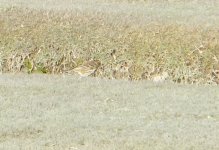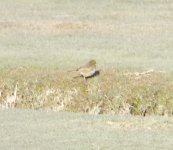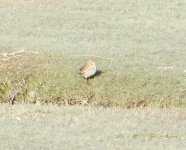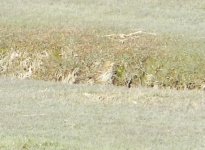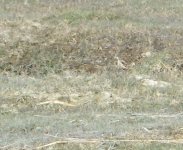Sangahyando
Well-known member

Here we go again. Saw this pipit in the saltmarshes near Husum, North Germany, at the end of February. It only called briefly and sounded a bit like a Rock/Water Pipit. Wouldn't swear on that impression, though.
Sorry for the blurry pics (I couldn't get closer because I didn't want to flush this bird, or the Shorelarks that were foraging in between it and myself), but at least they're from different angles this time. Pictures are heavily cropped. I *think* they're all from the same bird. Not sure about the last one, though.
Have I mentioned that I'm bad with pipits?
Any help would be welcome.
- Andy
Sorry for the blurry pics (I couldn't get closer because I didn't want to flush this bird, or the Shorelarks that were foraging in between it and myself), but at least they're from different angles this time. Pictures are heavily cropped. I *think* they're all from the same bird. Not sure about the last one, though.
Have I mentioned that I'm bad with pipits?
Any help would be welcome.
- Andy




